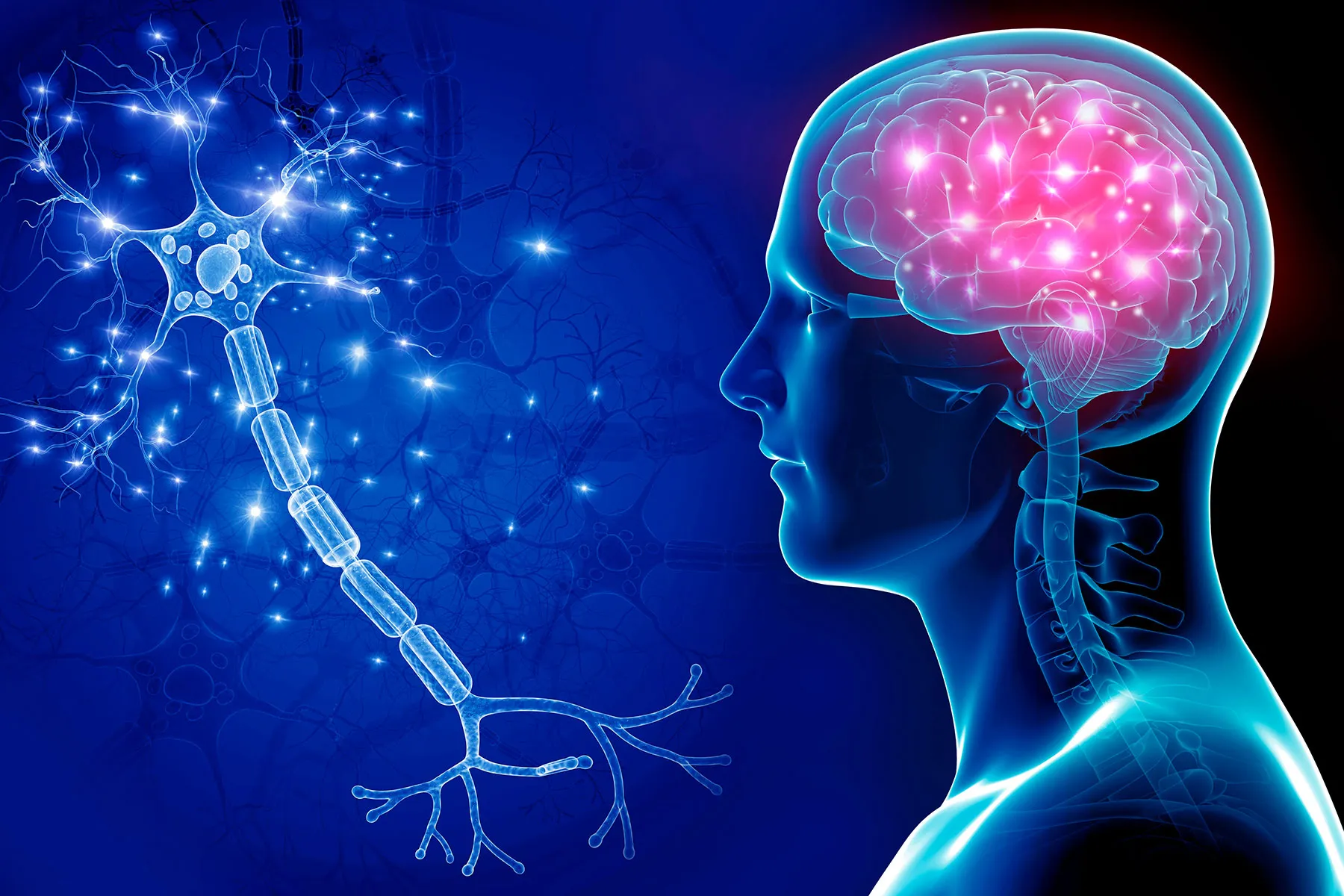Hi-Tech Implant Helps Paralyzed Man Walk More Naturally

“When the brain controls the stimulation, there’s even more recovery because it’s a convergence of the digital connection with the natural connection on the same type of neurons,” Courtine explains.
Need more research
The new study was published May 24 in the journal Nature.
The research team hopes to recruit a second patient with lower body paralysis to receive the brain implant, to see if the same system will work in others.
Marco Baptista, Chief Scientific Officer of the Reeve Foundation, agreed that the technology should be tested in more people.
“It needs to be expanded and explored in other individuals with different types of injuries,” Baptista said.
At the same time, Baptista noted that the effort represents the “next generation” of research into restoring movement through spinal stimulation.
“They’re moving more and more towards making the whole process more natural, where your thought and will control the stimulation,” Baptista said.
The researchers are also starting a new clinical trial that will help people with upper body paralysis.
“Indeed, we are exploring how we can use the same principle to restore upper limb function by targeting the cervical spinal cord with similar technology,” Lorach said. “We can decipher what is meant to move the arm and hand and stimulate the motor pulse that will trigger this activity.”
They also want to further miniaturize the technology so that it will be easier for people to participate in daily activities without wearing a cap or lugging around equipment, Courtine said.
“We could even apply it to other pathologies like stroke, where you can also record cortical activity and link it to spinal cord stimulation to move a limb,” says co-researcher Dr. Jocelyne Bloch, a neurosurgeon at the University Hospital of Lausanne. “You would think there would be many different applications of this new groundbreaking therapy.”
More information
The University of California, San Diego has more on spinal cord injuries and paralysis.
SOURCES: Gert-Jan Oskam, 40, Netherlands; Gregoire Courtine, PhD, neuroscientist and professor, École Polytechnique Fédérale de Lausanne, France; Henri Lorach, PhD, Professor, École Polytechnique Fédérale de Lausanne, France; Marco Baptista, PhD, Chief Research Officer, Reeve Foundation, Short Hills, NJ; Jocelyne Bloch, MD, neurosurgeon, University Hospital of Lausanne, France; NatureMay 24, 2023













